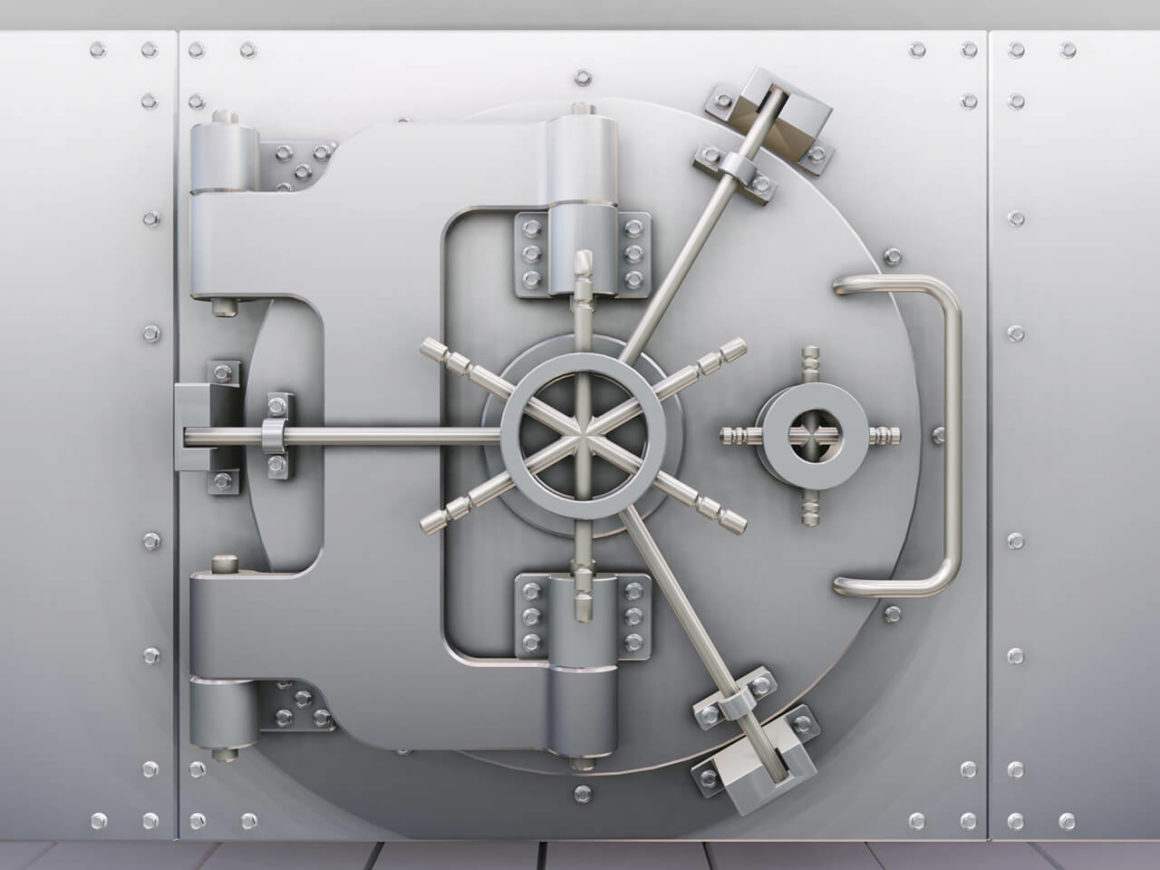Those reading this article searching for tips on becoming the next John Dillinger, the infamous bank robber during the Great Depression in the 1930s, will no doubt be sorely disappointed. However, bear with us and stay tuned.
Locking in a fixed mortgage rate at today’s level may very well feel like you have robbed a bank when you look back a few years from now. At the very least, we think it will put a smile on your face when you look back at this time, which may very well prove to be the lowest rates in at least a generation.
Today’s rateToday’s rate
A quick search reveals 30-year mortgage rates in the mid-3% to about 4%, with no points. Points are upfront interest you pay that lowers your rate. Each point is equal to 1% of the amount borrowed under your mortgage. For example, a $100,000 mortgage with one point requires an upfront payment of $1,000. In exchange, your mortgage rate will be lower for the life of the loan.
Is this worthwhile? Many people shy away from making this payment, but it may be in your financial interest to pay the points. You will need to figure out your monthly mortgage payment (principal and interest) under both scenarios – with and without points. Then, figure out your monthly saving. Once you have this amount, you can determine the number of months it will take to recoup the initial amount paid. Providing you plan on staying in the house longer than this timeframe, you will save money.
Current rates have hovered at these levels for several years. The monthly average for mortgage rates has been in the 3.4% to 4.5% range since 2012, according to Freddie Mac. If you missed out on that low rate, don’t feel bad. Mortgage rates remain incredibly low by historical standards. Still, it may not stay this way for long.
A little historical perspectiveA little historical perspective
The year, rates have generally been below 4%. However, it has not always been this way. Even last year, the monthly average for rates were above 4%, except December. A glance through history is even more revealing.
Despite long-term rates plummeting in the wake of the recession, mortgage rates were over 6% for much of 2008. It should be remembered that long-term rates were on the decline for years. However, despite this, mortgage rates were in the 7% range in 2001, and 5.5% to 7% until 2007, when the recession ushered in ultra-low rates.
Still not convinced this is an optimum time to borrow? In 1990, mortgage rates were above 10%. While mortgage rates steadily fell throughout the decade, it was still in the 7% to 9% range.
Looking back even further, the 30-year mortgage rate averaged over 16% in 1981 and 1982. Granted, this was a time of high inflation and the Federal Reserve acted aggressively to curb it. Nonetheless, rates were generally in the 7% to 9% range for most of the 1970s and double digits throughout the 1980s.
ConclusionConclusion
No one knows with certainty how interest rates will behave in the future. You should run from anyone making that claim since that person would be quite wealthy if he or she had that power. Nonetheless, despite prognostications that mortgage rates would be higher by now due to higher long-term Treasury rates fueled by a stronger economy, it has not come to pass.
Nonetheless, we know mortgage rates will not remain at this level and any movement will likely be upwards.
Therefore, if you are currently shopping for a mortgage, these rates could very well be the lowest in your lifetime. It may not provide the same excitement as robbing a bank, but you can extract pleasure when you hear about your friend bragging he got a great deal by getting a 7% mortgage.

